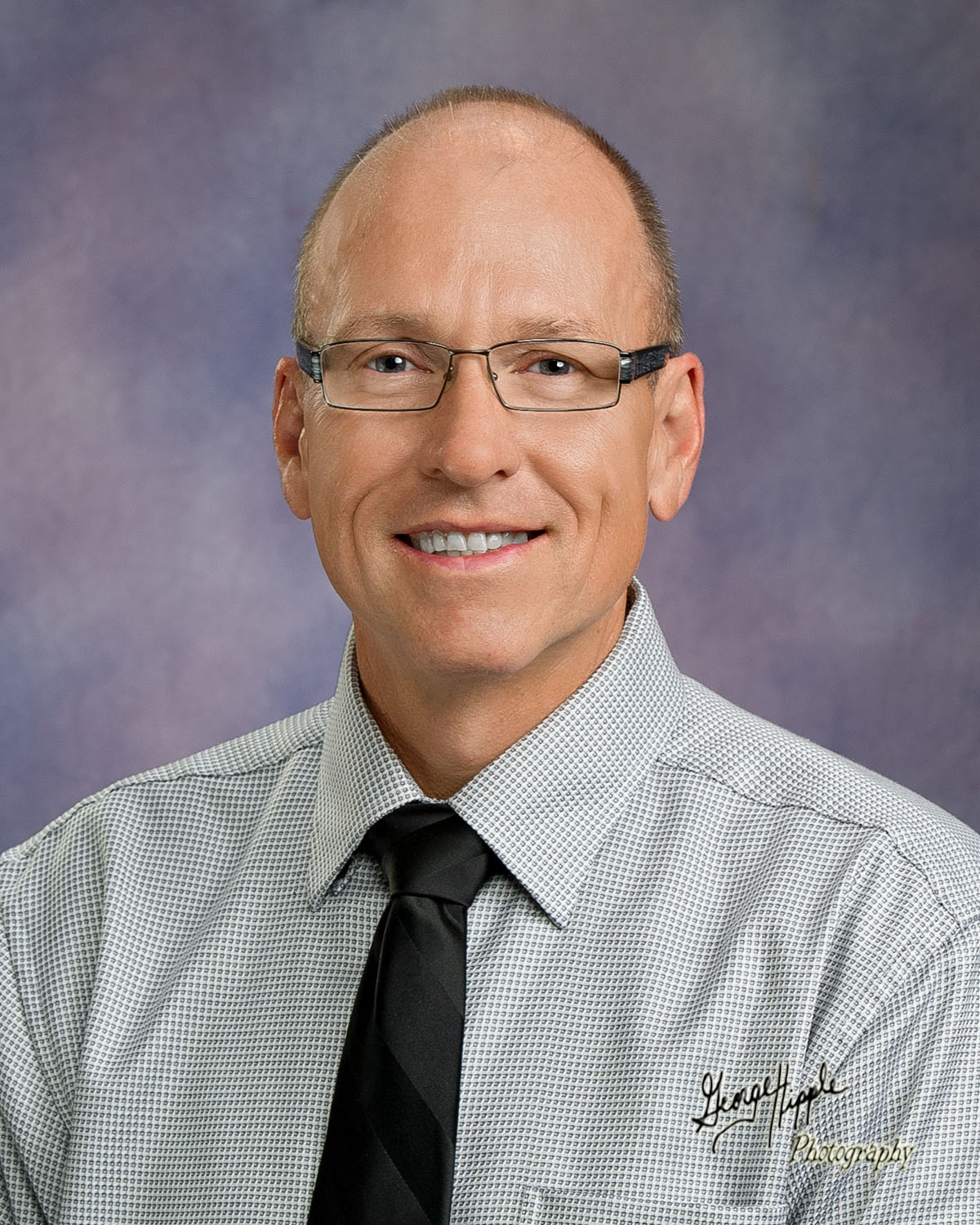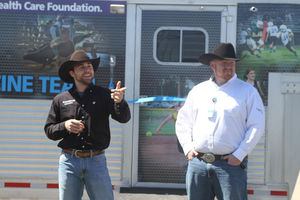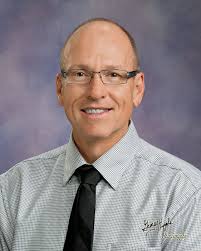
Article reposted from KNOP News 2
Author: Chelsea Croft
In a new report from the American Academy of Pediatrics, kids who focus on only one sport are at a greater risk of stress and injury.

The report said youth participation in sports has changed dramatically over the past 40 years.
Coaches and physical therapists say adolescence who specialize in one sport tend to over use the same muscles and wear on the same joints causing major injury.
They also get burnt out and tend to lose interest in that sport since that’s all they’ve played.
Adams Middle School Asst. Principal and Activities Director Brett Joneson said, “I think statistics show that the obesity rate in our society and especially younger kids is on the rise. And so any activity they can do will obviously benefit them and their health.”
About 60 million kids between six and 18 years old play organized sports in the US each year, according to the National Council of Youth Sports.
And over 16 million of those kids specialize in one sport.
Great Plains Health Lead Athletic Trainer Doug Long said, “We have known for several years that kids that specialize in one sport work those joints over and over and over and they tend to get more overuse injuries and wear out a little faster.”
Eighth grade head football coach Tyson Hammond said, “There’s definitely an over-worked thing, I mean anybody that does the same repetitive movement over and over again is going to create issues with themselves as far as injuries go.”
Long said, “They also become like coaching saturated by the time they’re in that seven, eight ,nine age range, they kind of have learned a lot so by the time they get to high school they kind of don’t care as much anymore and they’re kind of burnt out on the sport.”
Most of the time the idea of specialization comes from the pressure to get scholarships or a professional career.
Hammond said, “Athletic scholarships are few and far between so again, I don’t think that’s a big thing with kids. I think that’s more of an adult thing. I really hope that somewhere along the way, we can kind of get adults to start realizing that kids at this age, it’s fun. They play sports because it’s fun. Their favorite sport is the one they’re in right now. But if they do it year round, they start getting burnt out.”
That’s why trainers encourage kids to play multiple sports so they get a variety of body movements and training.
Eighth grade football player Camron Sutherland said,
“It helps a lot playing multiple sports, kind of helps with sports you’re more interested in. Like wrestling helps with football and basketball because it makes you more conditioned and ready to go and little bit more flexible .”
Long said, “We know multi-sport athletes tend to go on and do better, they’re more coach-able, they have fewer overuse injuries because their changing their stress points and their stressers.”
Joneson and coach Hammond both said that kids in North Platte need to play more than one sport for schools to be able to compete in Class A because teams wouldn’t have enough players if kids chose to specialize in only one sport.


